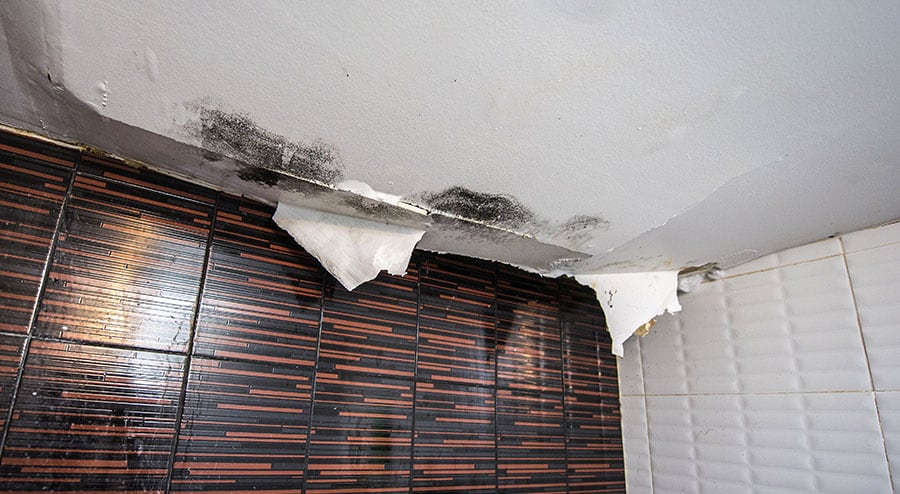Do's & Don'ts of Water Restoration.
Do's & Don'ts of Water Restoration.
Blog Article
This article down below relating to 5 Home Safety Tips To Reduce The Risk Of Fire And Water Damage is without a doubt interesting. Check it out for your own benefit and figure out what you think of it.

Though water offers life, water invasion on components where it's not meant to be can result in damages. If the water saturates right into your framework, it can peel away surfaces and deteriorate the structure. Mold as well as mildew likewise thrive in a damp setting, which can be harmful for your wellness. Homes with water damages smell musty as well as old.
Water can originate from many resources such as tropical cyclones, floods, burst pipes, leaks, as well as sewage system issues. In case you experience water damage, it would be great to know some security preventative measures. Below are a few guidelines on just how to handle water damages.
Do Prioritize House Insurance Coverage Coverage
Water damages from flood dues to heavy winds is seasonal. You can additionally experience an unexpected flood when a malfunctioning pipeline instantly ruptures right into your house. It would be best to have residence insurance policy that covers both disasters such as natural catastrophes, and emergency situations like damaged plumbing.
Do Not Fail To Remember to Switch Off Energies
This reduces off power to your entire residence, stopping electric shocks when water comes in as it is a conductor. Don't fail to remember to transform off the primary water line shutoff.
Do Stay Proactive and also Heed Climate Signals
Pay attention to discharge cautions if you live near a creek, lake, or river . Doing so minimizes possible home damages.
Do Not Disregard the Roofing System
You can prevent rain damages if there are no openings as well as leakages in your roof covering. This will certainly protect against water from moving down your walls and soaking your ceiling.
Do Focus On Little Leakages
A burst pipe does not take place overnight. Usually, there are warnings that suggest you have actually weakened pipes in your house. As an example, you might discover bubbling paint, peeling off wallpaper, water streaks, water spots, or trickling audios behind the walls. Eventually, this pipeline will certainly break. Ideally, you need to not wait on things to intensify. Have your plumbing repaired prior to it results in large damage.
Don't Panic in Case of a Ruptured Pipe
Keeping your presence of mind is important in a time of crisis. Due to the fact that it will certainly stifle you from acting quick, stressing will only worsen the issue. When it pertains to water damage, timing is key. The longer you wait, the more damage you can anticipate. Thus, if a pipeline bursts in your home, immediately turned off your primary water shutoff to cut off the source. After that unplug all electrical outlets in the area or shut off the circuit breaker for that part of the house. Finally, call a respectable water damage reconstruction specialist for aid.
Water offers life, water intrusion on components where it's not expected to be can result in damage. Houses with water damage odor old as well as stuffy.
Water damage from flooding charges to hefty winds is seasonal. You may notice bubbling paint, peeling off wallpaper, water touches, water discolorations, or trickling audios behind the wall surfaces. When it comes to water damage, timing is crucial.
Some Do's & Don't When Dealing with a Water Damage
DO:
Make sure the water source has been eliminated. Contact a plumber if needed. Turn off circuit breakers supplying electricity to wet areas and unplug any electronics that are on wet carpet or surfaces Remove small furniture items Remove as much excess water as possible by mopping or blotting; Use WHITE towels to blot wet carpeting Wipe water from wooden furniture after removing anything on it Remove and prop up wet upholstery cushions for even drying (check for any bleeding) Pin up curtains or furniture skirts if needed Place aluminum foil, saucers or wood blocks between furniture legs and wet carpet Turn on air conditioning for maximum drying in winter and open windows in the summer Open any drawers and cabinets affected for complete drying but do not force them open Remove any valuable art objects or paintings to a safe, dry place Open any suitcases or luggage that may have been affected to dry, preferably in sunlight Hang any fur or leather goods to dry at room temperature Punch small holes in sagging ceilings to relieve trapped water (don't forget to place pans beneath!); however, if the ceiling is sagging extremely low, stay out of the room and we'll take care of it DO NOT:
Leave wet fabrics in place; dry them as soon as possible Leave books, magazines or any other colored items on wet carpets or floor Use your household vacuum to remove water Use TV's or other electronics/appliances while standing on wet carpets or floors; especially not on wet concrete floors Turn on ceiling fixtures if the ceiling is wet Turn your heat up, unless instructed otherwise

As a fervent person who reads about How To Prevent Fire And Water From Ruining Your Holiday Season, I assumed sharing that piece of writing was sensible. You should take a moment to share this entry if you appreciated it. I am grateful for your time. Please visit our site back soon.
Report this page